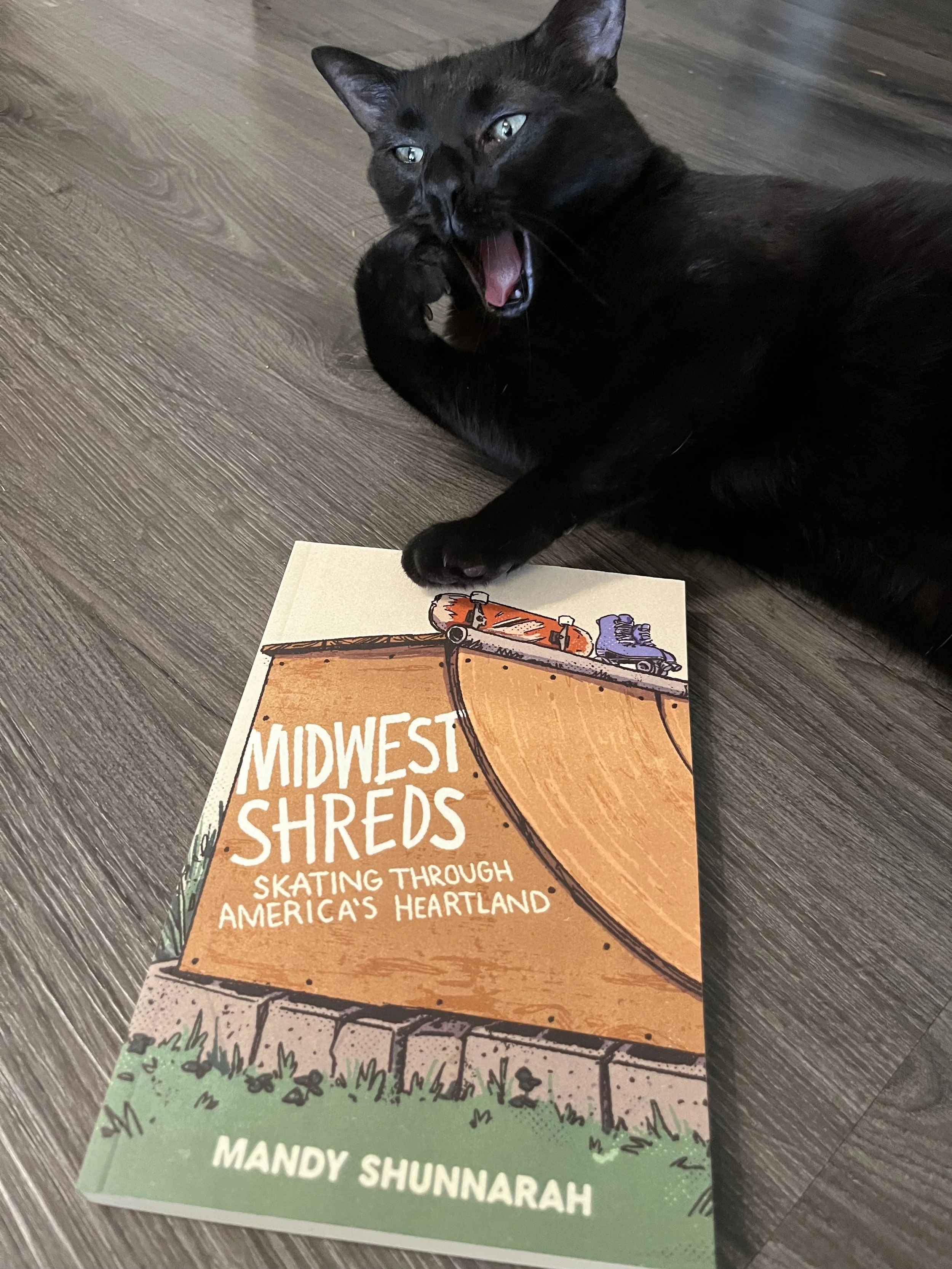Why It's Important to Visit (Dead) Authors' Houses
While I don't think it's the best idea to show up at the homes of living authors, if given the opportunity to visit a dead author's home that's been turned into a museum, take it.
My partner and I have just returned from a weeklong road trip through New England, which took us through southern Vermont and Hartford, Connecticut where the homes of Robert Frost and Mark Twain are, respectively. Because of both museums' no photography policy, I can only show you the outside, but what's more important than the pictures is what I learned about the authors while there.
I don't know how Robert Frost was presented to you in high school English class, but if it was anything like the way my teachers taught him, you probably think of him as some big softie. I always imagined him sitting under a tree and waxing poetic (pun intended) about clouds and cows and hay and barns and all that other pastoral, idyllic farm life stuff. As someone who has never spent much time on a farm, I couldn't relate and didn't think too much about Frost's poetry.
Frost was, in fact, not at all the softie my English teacher made him out to be. He believed in everyman poetry---the kind that wasn't burdened with deeper meaning. What he meant by his poems he put exactly on the page. Attempts to add meaning where there were none were shot down rather sassily by Frost.
Not being able to photograph, I'm paraphrasing the quotes from a wall placard in the house:
Critic: "What did you mean by 'And miles to go before I sleep?'"
Frost: "I thought I ought to be getting home."
Critic: "Yes, but what was going through your mind at the time?"
Frost: "It was getting dark so I thought I should start heading home."
Critic: "But what is that symbolic of?"
Frost: "It was getting late and I thought I should get the hell out of there!"
Because of the way I was introduced to Frost's work, I never would have guessed at his gumption. This also goes to show that when the author himself is divorced from discussions of the work, understanding suffers.
The next author home we visited was Mark Twain's. He had several homes, including one in Hannibal, Missouri and Sonora, California, which are also museums, but the one in Hartford, Connecticut is the one he built for his family after he struck it rich by writing.
This is just the front. With 28 rooms and trees around the house for privacy, it's nearly impossible to get a full photo of the house that truly shows its grandeur.
Though Mark Twain was indeed presented to me as a forward-thinking writer who often wrote stories, articles, and lectures denouncing the horrific treatment of African Americans, Japanese immigrants, and the genocide of Native Americans, there was still much to learn.
I was familiar with Twain's humor having read Tom Sawyer and Huckleberry Finn, but it never occurred to me how his humor might have carried over into his everyday life. For example, Twain is remembered as having worn a head to toe white suit. What I didn't know was that he called it his "don't care a damn" suit.
I was likewise unaware that he had such an affinity for cats, creatures I myself adore. He apparently had two sets of cats whom he had the good humor to name Sin and Satan, and Pestilence and Famine. Something struck me as wholly hilarious about this and as soon as the tour guide said it I broke into a fit of snort-laughs, which garnered stares from the rest of the group, none of whom were laughing to the point of hyperventilation like I was. Oh well. That's the way it goes.
Twain even went as far as to say "If man could be crossed with the cat it would improve man, but deteriorate the cat."
Furthermore, I was surprised to find that he was a loving father and husband. I couldn't help but read some autobiography into Tom Sawyer and I figured anyone as adventuresome as that would turn out an aloof playboy and absentee father. This wasn't at all the case with Twain---he dearly loved his wife and children (three daughters and one son; though he only got to see one daughter live past 30 as the rest died young).
The tour was a "living history" tour, which means an actor dressed up like someone in Twain's life gave the tour as if they were that person. Mrs. Clemens, Twain's wife, gave the tour Jon and I were on. Mrs. Clemens told so many stories of the children putting on plays in the library and riding on Twain's back as he pretended to be their chariot and the children sitting at his feet as he read stories written solely for their ears. Although I never want children myself, I scorn the idea that you have to give up having a spouse or family to achieve your dreams; I don't think that's the case at all and it's clear that Twain was inspired and rejuvenated by his family.
There were other details about the house, such as the elaborate stenciling done by Louis Comfort Tiffany of Tiffany stained glass fame, and the third floor billiards room where Twain did most of his writing on his greatest works, but those really are best seen in person. If you're ever in the area of either of these museums, I definitely recommend stopping by.





















